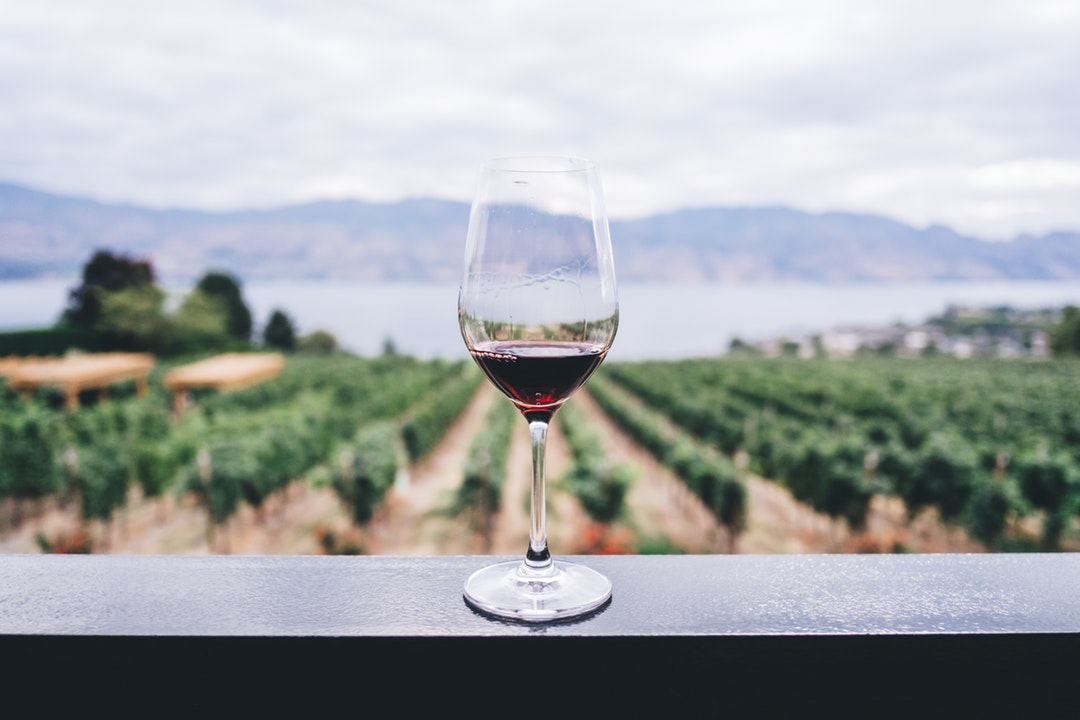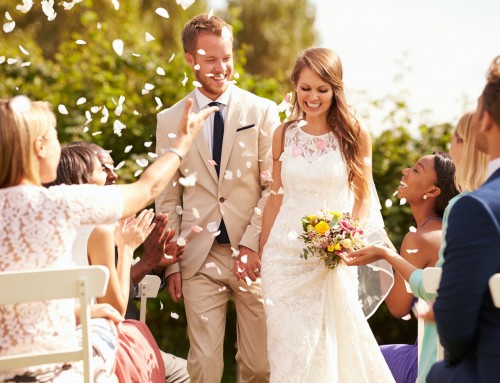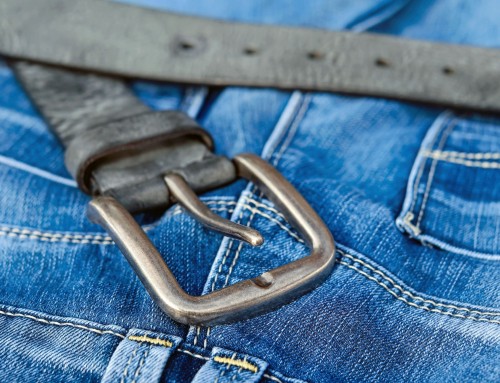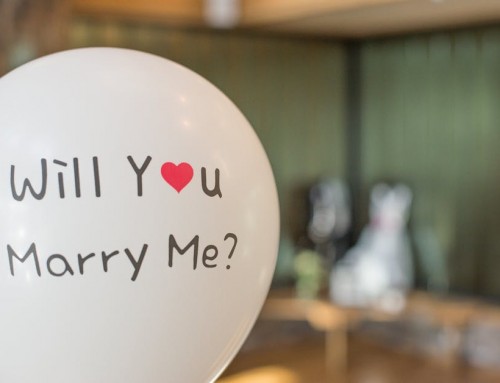What’s your favorite type of wine? Do you prefer a nice, full-bodied Cabernet Sauvignon, or would you rather sip on a light zinfandel?
If you’re like us, you love it all.
The fact is that people like wine. So much so that the world consumes hundreds of millions of gallons of the stuff each year.
Yet when it comes down to it, it’s one of the most intimidating alcoholic beverages to consume. There’s so much to learn!
Whether you’re preparing for an upcoming dinner party and want to appear sophisticated or want to learn more about your favorite boxed wine, we’ve got your back.
Here’s a rundown on wine for beginners.
Types of Wine
If you’ve ever browsed your grocery store’s wine aisle, you know how tough choosing a bottle can be. What’s the difference aside from color?
Believe it or not, quite a bit! Even though there are thousands of varieties of wine, each type fits into one of four categories.
Here’s a quick wine 101 rundown on each to help you learn the difference.
Red
Red wine gets its signature color from the fermentation process, in which the skins remain on the grapes. The result is a flavor that most people tend to either love or hate.
Red wines tend to be bitter, almost to the point of being sour. This is due in part to its higher alcohol content.
A good, full-bodied red wine goes well with Italian, Mexican, or Greek dishes.
White
In direct contrast, white wines are often easier on the palate due to their lessened ripeness. As a result, a good white wine tends to be better for casual sipping than red.
White wines are excellent companions for cheese-based dishes as well as fish.
Rosé
Rosés are interesting, as they’re actually a blend of white and red wines.
Strangely, it doesn’t quite taste like either. Instead, it’s a great deal sweeter than even most white wines due to added sugars.
These are the perfect wines for warm, summer evenings with good friends and light snacks like cheese and crackers. Most boxed wines tend to be rosés, too.
Champagne
Last but not least is our favorite bubbly beverage, champagne. Believe it or not, champagne actually is a type of wine!
Note that champagne is different than sparkling wine.
The key point of differentiation is regional. Moreover, champagnes are drier (less sweet) than sparkling wines, which are sweeter and more refreshing.
Technically speaking, a wine is only champagne if it comes from the Champagne region of France.
Wine Tasting 101
With our wine 101 out of the way, let’s talk about the best part of any wine — drinking it!
Listening to people talk about wine can be baffling, but there’s actually a science to what they’re saying. To get the most out of your wine, you’ll want to taste with your nose as well as your tongue.
First, draw a deep, full breath. Try and pick up on your wine’s scent — aside from grapes. You may notice vanilla or hints of hickory.
Next, take a small swig from your glass. Now hold the wine in your mouth for a few seconds, savoring the flavor. Like before, you’ll want to try and pick out unique profiles like chocolate or smoke.
If you’re having a hard time, be patient. Becoming a wine connoisseur takes time, after all. Wineries and tasting rooms like Coquelicot Estate Wines & Tasting Room often hold classes that can help you develop your senses.
Wine For Beginners: Wine Not Grab a Glass?
There’s a ton to learn when it comes to understanding and appreciating wine. Hopefully, this guide on wine for beginners helped. If not, remember that you can hit up your local winery and learn from the pros.
Need another reason to pour yourself a glass? Check out some of the hidden health benefits of drinking red wine.











